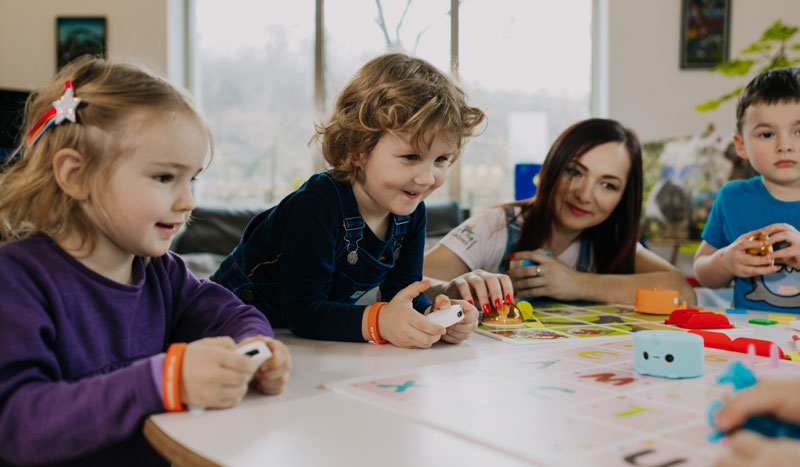
Robotic Toys For Every Preschooler – A New Addition To The Toy Rack
Robotic Toys For Every Preschooler: A New Addition To The Toy Rack

Children are fascinated by Robotic Toys, as it sparks their curiosity and fuels their imagination. If you had to decode what your child is thinking, you would discover all kinds of interesting questions! How does the Robot move forward? What is this noise that this Robot toy is making? Does the Robot eat any food? Does this toy have any superpower? And, many such pondering thoughts culminate in the child’s inquisitive mind.
There’s no doubt that Kids love cartoons and all sorts of animated characters. Similarly, Robots have their own personality and children admire the vivaciousness of this marvelous toy. The latest AI Powered Robots can interact with kids, recognize faces, and even become a great companion.
Coding Robots for Kids by Matatalab Going a step further, Matatalab has introduced a curriculum that familiarizes students with some basic coding tools in sync with the STEAM Learning practice. Through tangible coding products; Matatalab combines technology and education, providing innovative learning experiences to students as young as 2 to 5 years of age, to develop their 21st century skills.
Here are some good reasons to purchase a coding Robot for Kids: Believe it or not in all fun, games and entertainment, Kiddie Robots are more than just devices that move and make noise. They actually teach the fundamentals of programming, while holistically developing the child’s personality.
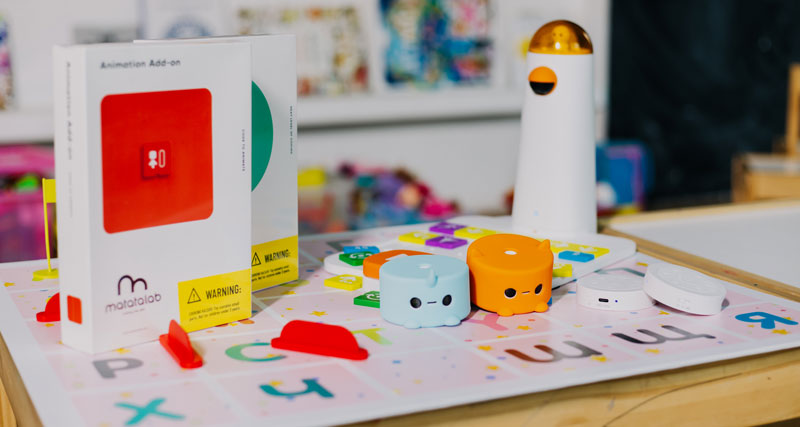
Playing with Robots Fosters Communication Skills
Kids who don’t have siblings may find a friend in the Robot! They interact with it, read a book together, and even play a game of catch & cook to stay entertained. Parents also become more inquisitive and start asking questions to parents, thereby enhancing communication skills.
Robot Toys Make Coding a Hands-on Practice
Gone are those days where children were required to visit a computer lab and type some codes or drag the pre-defined code on their PC to learn programming skills. This method becomes rather boring and kids lose interest after a while. Quite contrary to this, a coding Robot Toy encourages hands-on practice, and students can see their commands being executed by the Robot, thereby making the process thrilling.
Builds an interest in STEAM learning
Who wouldn’t like the idea of playing with a Robot, while getting to learn something new each day? The advantages of hands-on coding are manifold and children slowly become lifelong learners through fun & games. An innovative mindset is fostered, by encouraging children to practice trial & error methods to make the toy Robot follow different commands. In case there is an error where the Robot is stuck or starts to show some resistance, students start delving deeper and try to find a solution to the problem. Therefore, a problem-solving approach and logical thinking skills are developed.
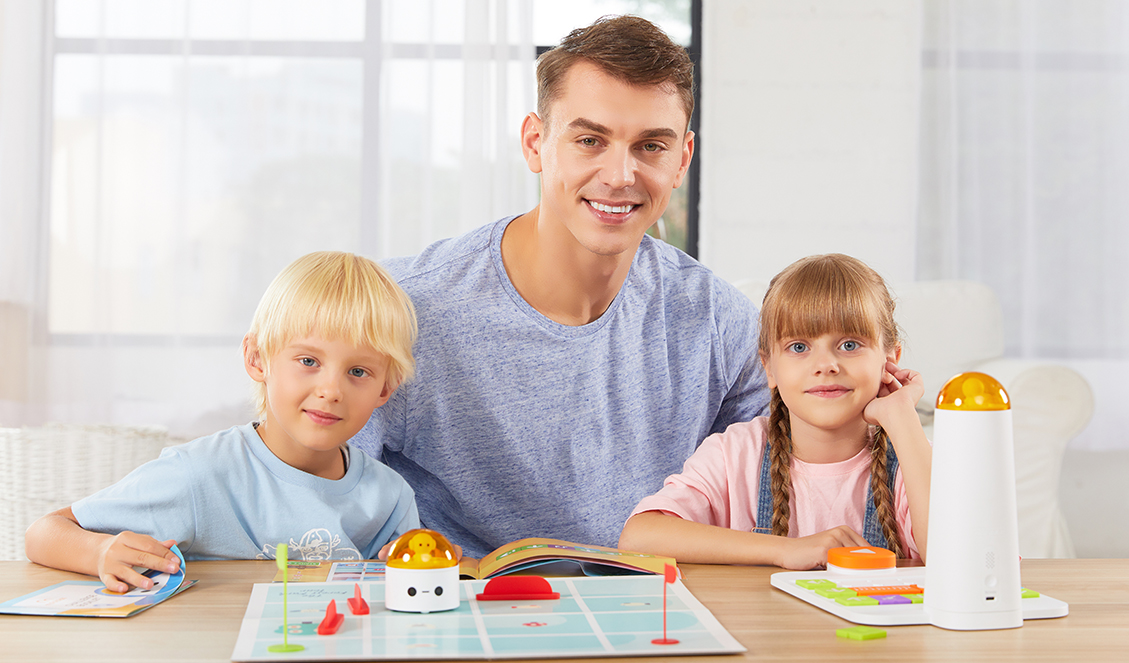
Spend More Time With Parents
Robot Toys are not only popular in educational institutes, but Home Edition Sets are also available. Parents all across the world, and from developed countries like Dubai in the Middle East, trust Matatalab for purchasing the latest hands-on coding Robot Toys. Some homes have made it a ritual, where parents & children spend 30 minutes daily together and have a great time navigating the Toy Robot around the living room and making it do all sorts of things. Thanks to Matatalab, parents are able to spend quality time with their kids and learn something new together where children become teachers & parents act as passive observers. The Matatalab kit features a booklet filled with ideas to help kids get started. If you wish to learn more about Matatalab and wonder how to get your hands on it based in GCC and UAE, visit our website https://knowledge-hub.com/
Getting Kids Comfortable with the Digital World
IoT, VR and AI are not just fancy terms! They have become a reality today. What seemed as impossible yesterday, is now seamlessly possible due to the such inventions. Playing with Robots will definitely spark an interest towards the wonders of technology & digitalization amongst children at an early age. By the time children enter high school or even college, they would be confident enough to invent apps and use technology to solve important problems that persist.


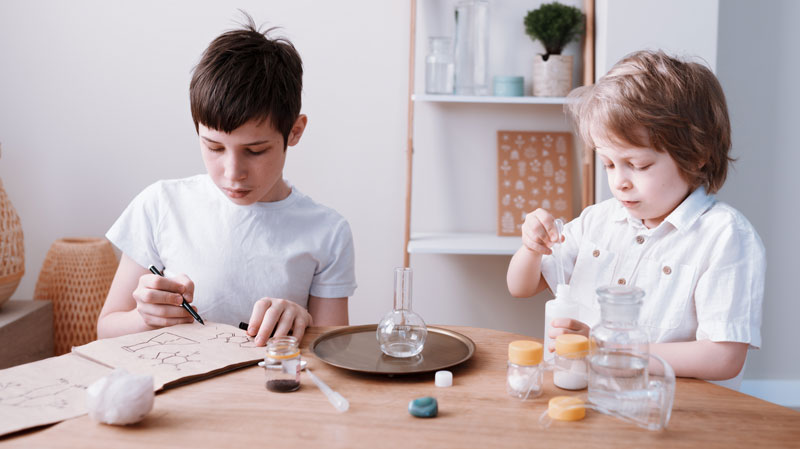
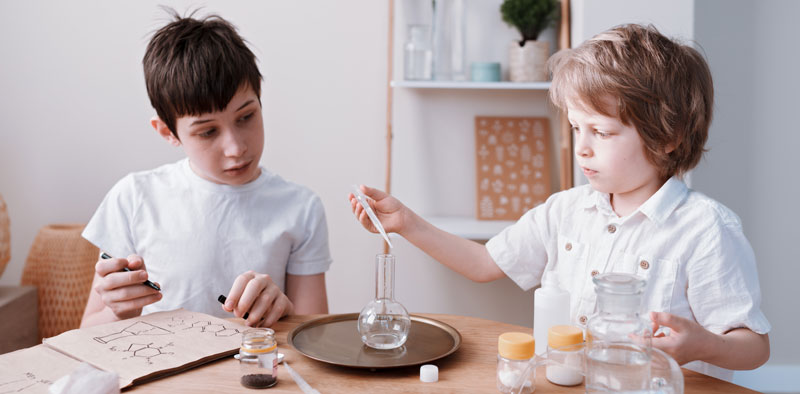


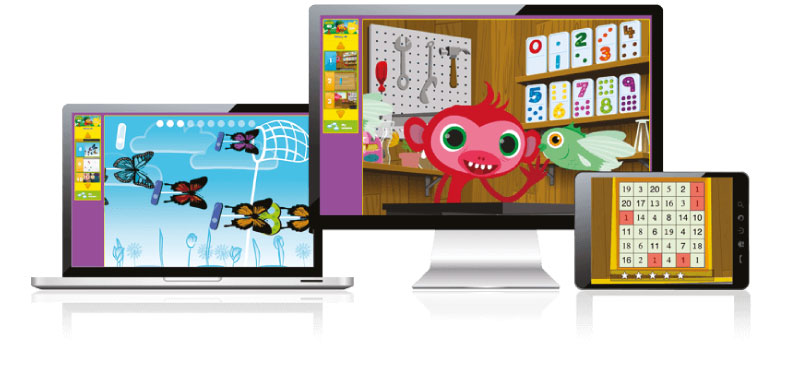




Recent Comments